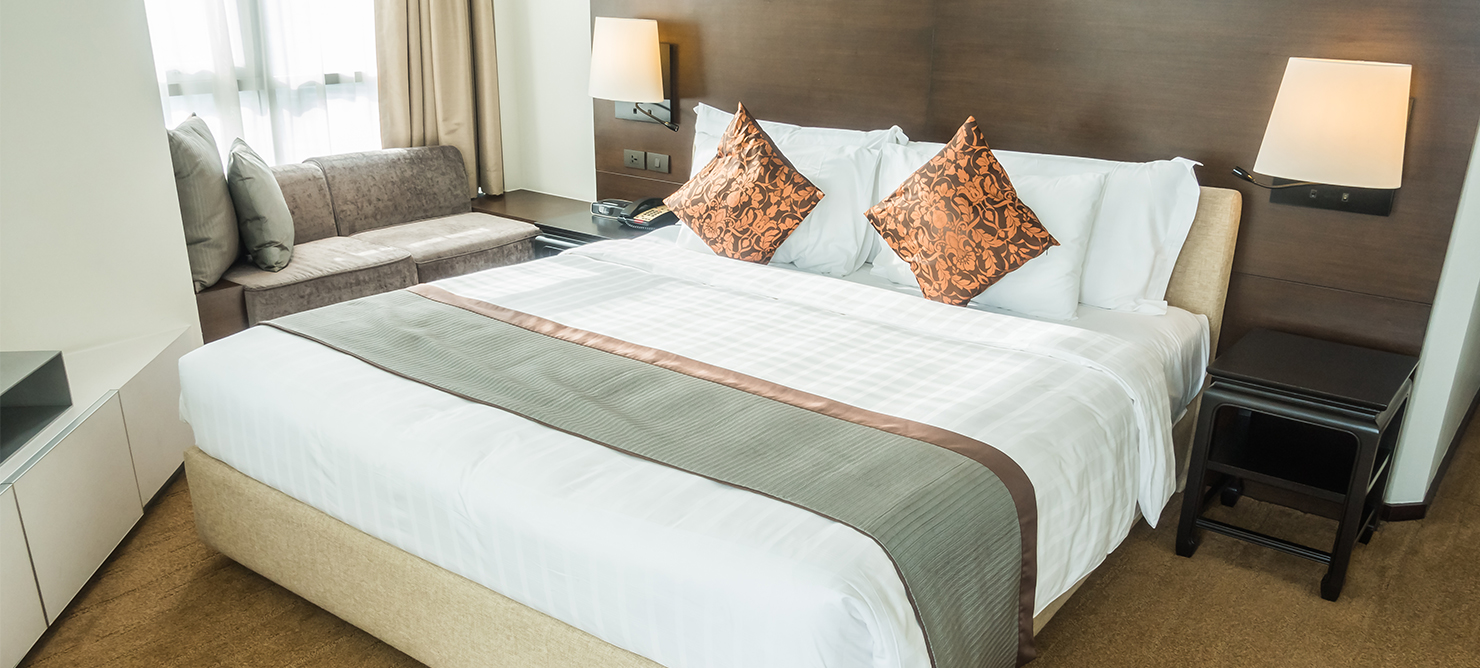
Choosing the right mattress is crucial for managing back pain, as it directly affects sleep quality and spinal alignment. When shopping for the best mattress for back pain tailored to alleviate back pain, several key features should be considered to ensure optimal support, comfort, and alignment.
Firmness Level:
While there’s no one-size-fits-all solution, the best mattress for back pain often strike a balance between support and comfort. They provide adequate support for spinal alignment without being too rigid or too soft, which can lead to improper alignment.
Supportive Materials:
High-quality materials such as memory foam, latex, or hybrid constructions can provide the necessary support for the spine. Memory foam contours to the body’s shape, relieving pressure points, while latex offers a more responsive feel with natural elasticity. Hybrid mattresses combine the benefits of different materials, offering both support and comfort.
Spinal Alignment:

A mattress should promote proper spinal alignment, keeping the spine in a neutral position throughout the night. Look for mattresses with targeted support zones or reinforced lumbar regions to maintain the natural curvature of the spine.
Pressure Relief:
Pressure points can exacerbate back pain, especially for side sleepers. A mattress with adequate pressure relief properties helps distribute body weight evenly, reducing stress on the hips, shoulders, and other sensitive areas.
Motion Isolation:
If sharing the bed with a partner, motion isolation becomes crucial to prevent disturbances from movements during sleep. Memory foam and pocketed coil mattresses are known for their ability to minimize motion transfer, ensuring uninterrupted rest.
Durability:
A durable mattress is essential for long-term back support. Look for mattresses made from high-density foam or durable coil systems, backed by reliable warranties to ensure lasting performance.
Temperature Regulation:
Overheating during sleep can exacerbate discomfort and disrupt rest. Mattresses with breathable materials or cooling gel-infused layers help regulate temperature, promoting a comfortable sleep environment.
Edge Support:
Strong edge support prevents sagging and allows for full use of the mattress surface, including sitting on the edge without feeling unstable. Reinforced edges enhance the overall durability and usability of the mattress.
Hypoallergenic Properties:
Allergens can exacerbate back pain and disrupt sleep quality. Opt for mattresses with hypoallergenic covers or materials resistant to dust mites, mould, and other common allergens to promote a healthier sleep environment.
Trial Period and Warranty:
Purchasing a mattress is a significant investment, so it’s essential to have the option to try it out and ensure it meets your needs. Look for mattresses with generous trial periods and warranties, allowing sufficient time to assess comfort and performance.






